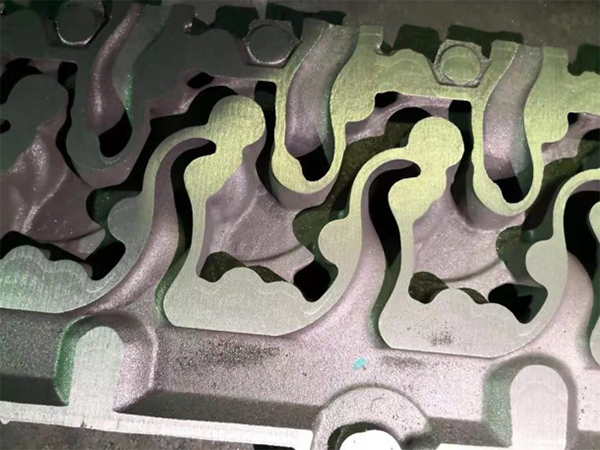

Metal alloys tapped for sand casting highlight the process's versatility. Ferrous metals like grey iron and ductile iron are prevalent in automotive and heavy machinery applications due to their excellent mechanical properties and cost-effectiveness. Non-ferrous metals such as aluminum, brass, and bronze extend the reach of sand casting to applications requiring lighter weight and higher corrosion resistance, critical for aerospace and marine industries. Additionally, cores formed from sand and binders permit the creation of complex internal structures within the cast components. Cores are essential for hollow parts and are removed post-casting, demonstrating the flexibility of sand casting in producing intricate geometries. Core sands often require stronger binders to endure the stresses during casting and demolding, and these combinations must be chosen carefully to maintain integrity under heat and pressure. Venturing into innovations within sand casting, we notice a shift toward eco-friendly and sustainable materials. Biodegradable binders and the recycling of sand serve to reduce the environmental impact while maintaining efficiency. This approach not only supports sustainability efforts but also positions manufacturers as forward-thinking entities keen on embracing eco-conscious strategies. In conclusion, the materials employed in sand casting—from sand and binders to metal alloys and mold coatings—are integral to the characteristics and quality of the final product. This process’s reliance on tried and tested materials, combined with recent advancements in sustainable practices, affirms sand casting as a robust method adaptable to both traditional and modern manufacturing challenges. For businesses seeking cost-effective, versatile, and sustainable casting solutions, understanding the intricacies of these materials is imperative to leveraging the full potential that sand casting has to offer. Post time:helmi . 04, 2025 06:09
Next:Ceramcast sand ball shape for sand casting
